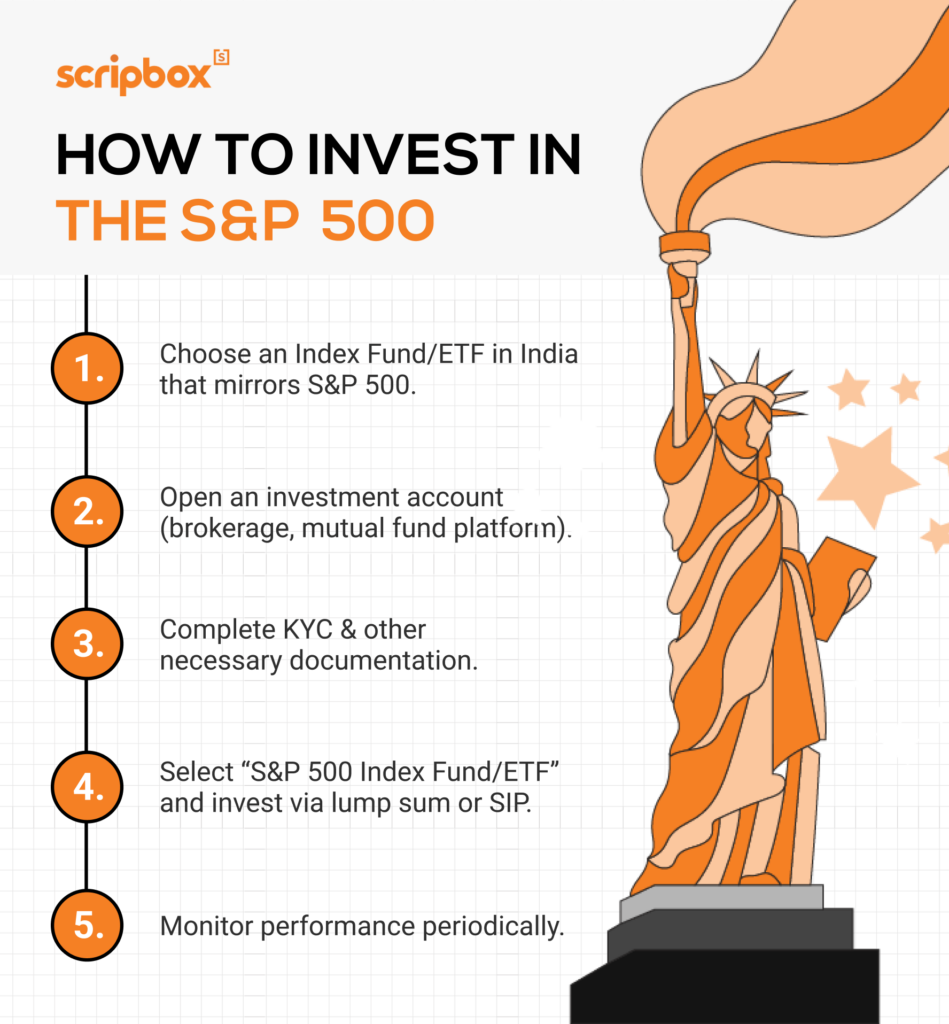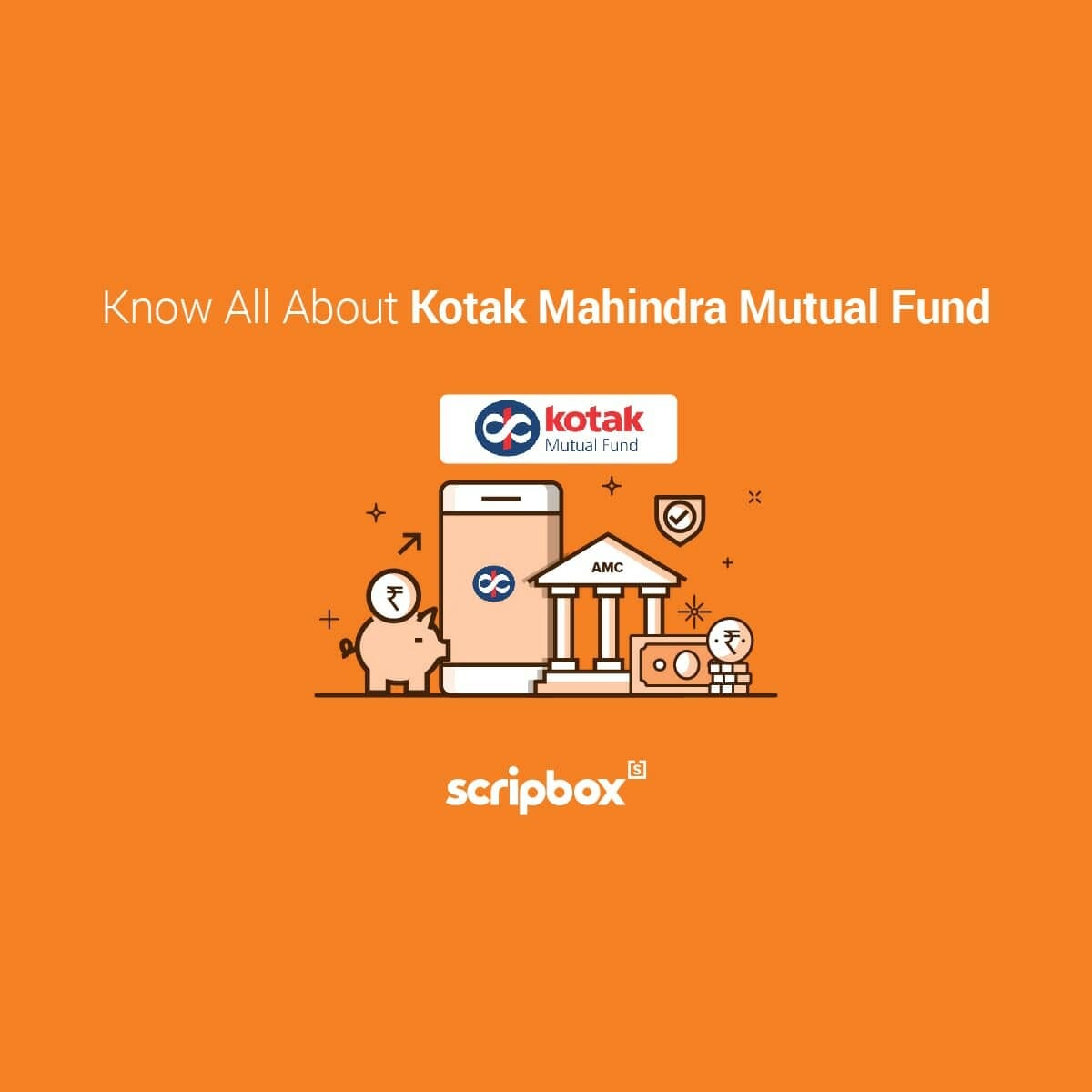What is S&P 500?
The S&P 500 is a US Stock Market index that contains the top 500 largest publicly traded companies. It was introduced in 1957 by Standard & Poor. This index follows the market capitalization-weighted method and selects the top 500 companies. A company with a higher market capitalization is given a higher weight for selection. However, market capitalization is among many criteria for selecting companies for the index.
The formula for weighted market capitalization is –
Weighted Market Capitalisation in S&P = Total number of outstanding shares X share market price.
Several other factors should also be considered when selecting companies. An S&P committee is appointed to choose stocks based on industry, liquidity, and size. Also, the index is rebalanced every March, June, September, and December. To qualify for the S&P 500, the company must be present in the USA and have an unadjusted market capitalization of at least $8.2 billion. Furthermore, 50% of the shares must be available to the public for trading, and the company share price should be at least $1. Moreover, 50% of the fixed assets and revenue should be in the U.S. These companies must also have four consecutive quarters of positive earnings. In addition, shares, debentures, bonds, mutual funds, REITs, equity derivatives like options, and futures all trade on the S&P 500.
The S&P 500 is one of the oldest and most popular market indices, with a track record of 63 years and being followed globally. U.S. investors and investors from other countries can also invest in S&P 500 companies through various index mutual funds and ETFs.
Definition and Overview
The S&P 500, also known as the Standard & Poor’s 500, is a stock market index that represents the market value of 500 large, publicly traded companies in the United States. It is widely considered a leading indicator of the overall health of the US stock market and economy. The S&P 500 is a market-capitalization-weighted index, meaning that the companies with the largest market capitalization significantly influence the index’s performance. This structure ensures that the S&P 500 accurately reflects the economic landscape, making it a crucial tool for investors and analysts.
History and Evolution
The S&P 500 was first introduced in 1957 by Standard & Poor’s, a financial services company. Initially known as the Composite Index, it tracked the performance of 500 leading US companies. Over the years, the index has undergone several changes, including adding new companies and removing others to represent the evolving market better. Today, the S&P 500 is one of the most widely followed and respected stock market indices in the world, serving as a benchmark for the performance of the US stock market and a barometer for the overall economy.
Meaning of S&P 500 Index Fund
An index fund is a type of mutual fund where the portfolio composition replicates the stock market index (e.g., NIFTY 50, NASDAQ, etc.) Similarly, an Exchange Traded Fund (ETF) is a basket of securities that matches the underlying stock market index. Therefore, both these funds try to replicate the returns generated by the stock market index.
S&P 500 Index Fund is an index mutual fund or ETF where the portfolio will track the S&P 500 as the benchmark index. These funds provide investors access to securities offered by this stock market index. Also, these funds have low fees and are passively managed by fund managers because they only have to adjust their holdings when the benchmark index changes.
Who Should Invest in S&P 500 Index?
Investing in this index suits investors looking for a diversified investment portfolio through foreign equity markets. This index allows investors to hold a stake in hundreds of stocks by investing in one index fund. Also, with a broad collection of companies, this market index lowers the risk through diversification. Furthermore, investing in the S&P 500 through an index fund is simple and easy, requiring less time than buying individual stocks. It is also a low-cost affair, as it is a passively managed fund.
Investors must be comfortable with fluctuations in foreign markets, which can affect their investment value. Such investors must properly understand risk and have a long-term investment horizon while seeking exposure through foreign indices. Therefore, investing in this index exposes investors to the U.S. market’s sectors, industries, and market caps. Staying invested for the long term helps to overcome market volatility and generate substantial returns.
Benefits of Investing in the S&P 500
Investing in the S&P 500 offers several benefits, making it an attractive option for many investors:
- Diversification: By investing in the S&P 500, you are investing in 500 different companies, which can reduce your risk and increase your potential returns. This broad exposure to various sectors and industries provides a balanced investment portfolio.
- Liquidity: The S&P 500 is a highly liquid market, meaning you can easily buy and sell shares. This liquidity ensures that investors can enter and exit positions with minimal impact on the stock price.
- Low costs: Investing in an S&P 500 index fund or ETF can be a low-cost way to invest in the stock market. These funds typically have lower fees than actively managed funds, as they track the index.
- Consistent returns: The S&P 500 has a long history of providing consistent returns over the long term. While short-term fluctuations are inevitable, the index has historically trended upwards, making it a reliable investment for long-term growth.
How to Invest in the S&P 500 from India?
You can invest in the S&P 500 either through direct or indirect investment. The following are the ways to invest to invest in this index from India –

Direct Investment
Direct Investment means you directly buy stocks listed on the S&P 500 index. To purchase these stocks, you need an overseas trading account that can be opened with a domestic or foreign broker.
Open an overseas account with an Indian broker.
Many Indian brokerage firms have tie-ups with U.S. stockbroking firms. The Indian brokerage firms act as intermediaries and execute the trade on behalf of Indian investors. Therefore, you can open an overseas trading account with such a broker. Some Indian brokerage firms are ICICI Direct, Reliance Money, and Kotak Securities, which enable Indians to open an overseas accounts.
As an investor, you must submit a duly filled account opening form and KYC documents. Furthermore, the firm transfers money to the international partner. There are certain declarations and forms to be submitted to the authorized dealer. Moreover, it is essential to note that these brokerage firms have certain restrictions on the number of trades, type of Investment, etc. Also, the cost is usually higher due to the brokerage fees, currency exchange rate, and conversion charges. Hence, you must know all these charges before opening an account and executing a trade for S&P 500 stocks.
Open an overseas account with a Foreign broker.
You can directly open an overseas account with an international brokerage firm that has a presence in India. Some of the foreign brokers operating in India are Ameritrade and Charles Schwab. However, before buying stocks through these firms, you must understand the brokerage fees/structure and other costs.
Indirect Investment
The following are ways to invest in S&P 500 index indirectly –
Index mutual funds/ ETFs
Many AMCs or mutual fund houses invest in S&P 500 index funds. The objective of an index fund is to mimic the performance and portfolio of the S&P 500 index. You can choose any of these mutual funds that invest in the S&P 500 as their benchmark index and get exposure to stocks of the S&P 500. The benefit of investing through mutual funds is that you can start with a small amount of Rs.500 to invest. Moreover, you need not go through the hassle of selecting the correct individual stocks to invest in. However, you must check the expense ratio of these funds before investing.
Some of the index mutual funds/ETFs that follow the S&P 500 index are –
- Motilal Oswal S&P 500 Index Fund
- Mirae Asset S&P 500 Top 50 ETF
- S&P 500 Vanguard ETF—This is an international mutual fund in which Indian investors require an international trading account to invest.
Through Mobile App
Many online platforms and applications allow Indian investors to get exposure to foreign stocks and mutual funds. You can start with an amount of $1. Also, these platforms will enable you to make your stock portfolio with individual stocks or use their advisory services.
Understanding the S&P 500 Market
The S&P 500 market is a complex and dynamic system influenced by various factors, including economic indicators, geopolitical events, and company-specific news. To understand the S&P 500 market, it’s essential to know how the index is constructed and how it is affected by different market and economic conditions. The index comprises 500 large-cap companies, and its performance is weighted by market capitalization. This means that larger companies have a more significant impact on the index’s movements. Additionally, factors such as interest rates, inflation, and global economic trends can all influence the S&P 500, making it essential for investors to stay informed about broader financial conditions.
Conclusion
Investing in this index helps diversify your portfolio. With increased access to information and advanced technology, investing in foreign markets has become easy. Indian investors can consider investing in the international market either directly or indirectly. But before choosing, you must consider the pros and cons of each method. Also, it is essential to understand the risk associated with investing in foreign indices and currency conversion charges.
Discover More
- How to Invest in the US Stock Market?
- What are Bonds?
- What is a REIT?
- What is Nifty?
- What is a Stock?























Show comments